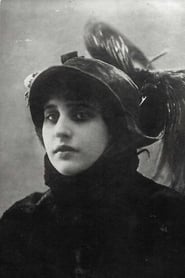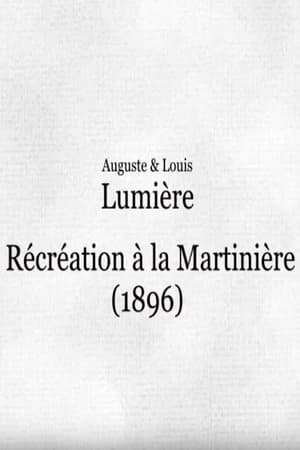The Funeral of Vera Kholodnaya
Similar Movies
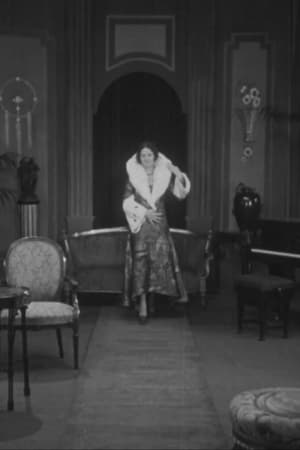 0.0
0.0Mode Reville(fr)
Silent documentary short showcasing a fashion show in the late twenties set at the Côte d'Azur.
 7.3
7.3The Spanish Flu: The Invisible Enemy(fr)
In April 1918, a disease of unknown origin swept across the five continents. In 18 months, millions of lives that had not been taken by the war were swept away by a virus that would cause the worst pandemic in history: the Spanish flu.
 7.5
7.5Berlin: Symphony of a Great City(de)
A day in the city of Berlin, which experienced an industrial boom in the 1920s, and still provides an insight into the living and working conditions at that time. Germany had just recovered a little from the worst consequences of the First World War, the great economic crisis was still a few years away and Hitler was not yet an issue at the time.
R. F. Outcault Making a Sketch of Buster and Tige(en)
Buster Brown creater R.F. Outcault sketches his creation. Part of the Buster Brown series for Edison film studio.
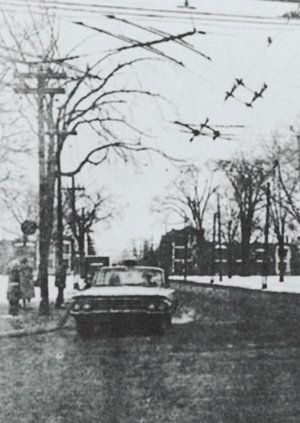 5.5
5.5One Second in Montreal(en)
A silent succession of black-and-white photographs of the city of Montreal.
 7.1
7.1Nanook of the North(en)
This pioneering documentary film depicts the lives of the indigenous Inuit people of Canada's northern Quebec region. Although the production contains some fictional elements, it vividly shows how its resourceful subjects survive in such a harsh climate, revealing how they construct their igloo homes and find food by hunting and fishing. The film also captures the beautiful, if unforgiving, frozen landscape of the Great White North, far removed from conventional civilization.
 6.7
6.7Admiral Cigarette(en)
Late 1800s cigarette advertisement produced by Thomas Edison Manufacturing.
From 3 to 22(sh)
A movie follows a regular working day of a woman who works in a factory. She wakes up at 3am and goes to sleep at 10pm.
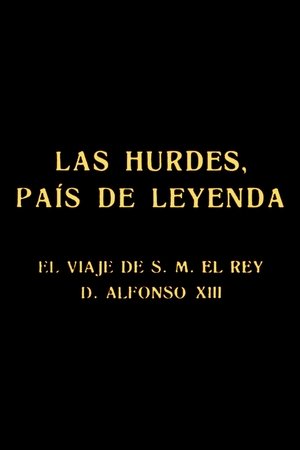 4.0
4.0Las Hurdes, país de leyenda(es)
An account of the journey that King Alfonso XIII of Spain made to the impoverished shire of Las Hurdes, in the province of Cáceres, in the region of Extremadura, in 1922.
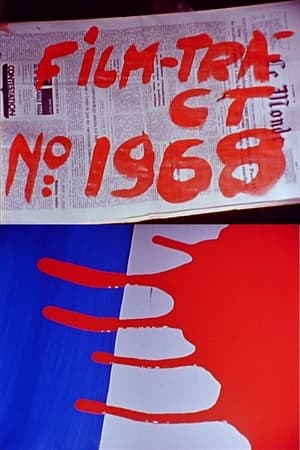 6.5
6.5Film-Tract n° 1968(fr)
In the 1968 movement in Paris, Jean-Luc Godard made a 16mm, 3-minute long film, Film-tract No.1968, Le Rouge, in collaboration with French artist Gérard Fromanger. Starting with the shot identifying its title written in red paint on the Le Monde for 31 July 1968, the film shows the process of making Fromanger’s poster image, which is thick red paint flows over a tri-color French flag. —Hye Young Min
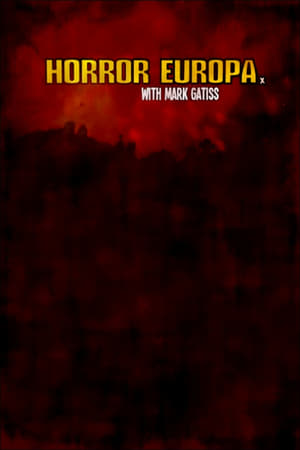 8.0
8.0Horror Europa with Mark Gatiss(en)
Actor and writer Mark Gatiss embarks on a chilling journey through European horror cinema, from the silent nightmares of German Expressionism in the 1920s to the Belgian lesbian vampires in the 1970s, from the black-gloved killers of Italian bloody giallo cinema to the ghosts of the Spanish Civil War, and finally reveals how Europe's turbulent 20th century forged its ground-breaking horror tradition.
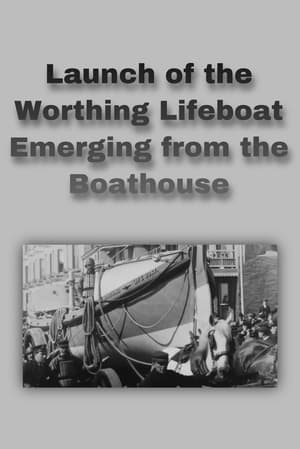 0.0
0.0Launch of the Worthing Lifeboat Emerging from the Boathouse(en)
"The Worthing Station is some distance from the shore, and whenever there is a wreck the life-boat is dragged to the scene on a huge truck drawn by eight horses. Our picture shows the life-boat responding to an alarm. The horses start out from the station at a gallop, and the members of the crew run beside the boat. This negative is unusually fine photographically."
Babies Rolling Eggs(en)
The Washington Star of April 1st, 1900, gave the following account of the ceremony: "Over 40,000 women and children passed through the White House Gates to-day during the hours set apart for the great National show of Egg Rolling, and when the President stepped on the south front gallery at 4:15 P.M., at least 20,000 were within the grounds. The Marine Band rendered a programme of popular music. The President's children entertained at least fifty young friends during the day with a view of the egg rolling from the balcony, but none of them mingled with the great throng, preferring to view the panorama from the distance. They were much amused with the antics of the great crowd of children, who were of all colors and from every walk of life."
The Boxing Kangaroo(en)
The Boxing Kangaroo is an 1896 British short black-and-white silent documentary film, produced and directed by Birt Acres for exhibition on Robert W. Paul’s peep show Kinetoscopes, featuring a young boy boxing with a kangaroo. The film was considered lost until footage from an 1896 Fairground Programme, originally shown in a portable booth at Hull Fair by Midlands photographer George Williams, donated to the National Fairground Archive was identified as being from this film.
 6.8
6.8Silent Britain(en)
Long treated with indifference by critics and historians, British silent cinema has only recently undergone the reevaluation it has long deserved, revealing it to be far richer than previously acknowledged. This documentary, featuring clips from a remarkable range of films, celebrates the early years of British filmmaking and spans from such pioneers as George Albert Smith and Cecil Hepworth to such later figures as Anthony Asquith, Maurice Elvey and, of course, Alfred Hitchcock.
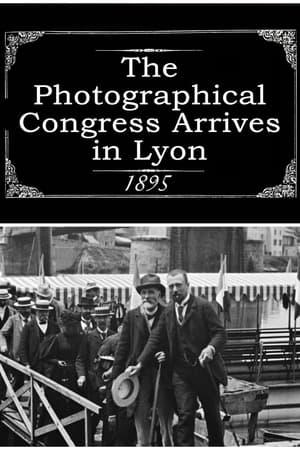 5.3
5.3The Photographical Congress Arrives in Lyon(fr)
Down the gangway, photographers leave the deck of a riverboat in large numbers.
 5.5
5.5Oil Gush Fire in Bibiheybat(az)
The film was filmed in Bibi-Heybat, a suburb of Baku (now the capital of Azerbaijan), during a fire at the Bibi-Heybat oil field. The film was shot on 35mm film by the Lumiere brothers in 1898. On August 2 of the same year, a demonstration of Alexander Michon's program took place, which included the film "Fire at an oil fountain in Bibiheybat".
Plant of Ford Motor Company - Antwerp(en)
Short documentary on the Antwerp Ford Motor Company plant.
The Dawn of Sound: How Movies Learned to Talk(en)
Film historians, and survivors from the nearly 30-year struggle to bring sound to motion pictures take the audience from the early failed attempts by scientists and inventors, to the triumph of the talkies.
